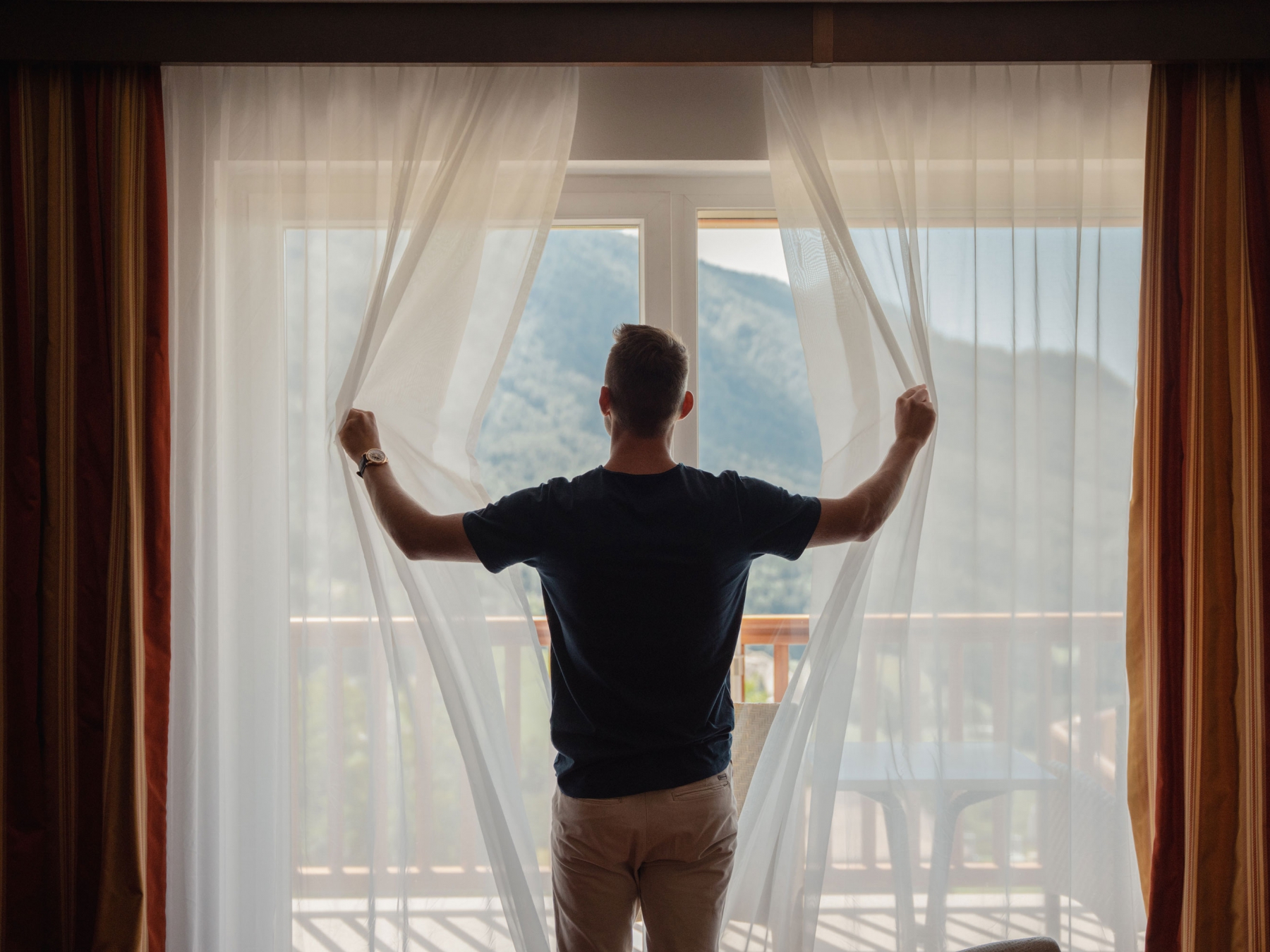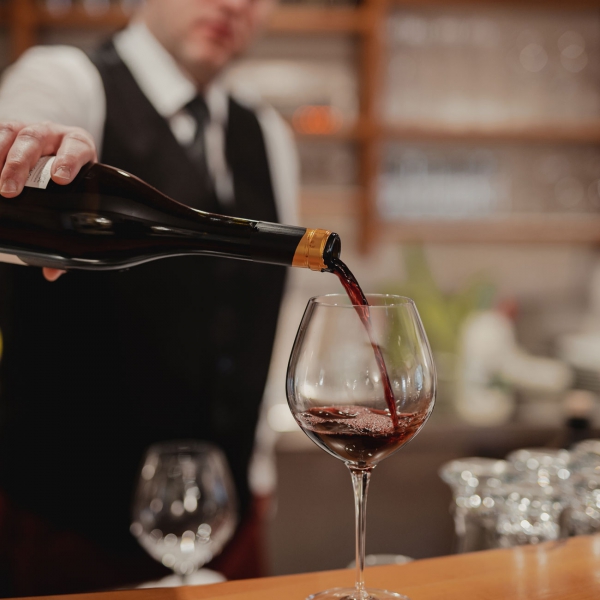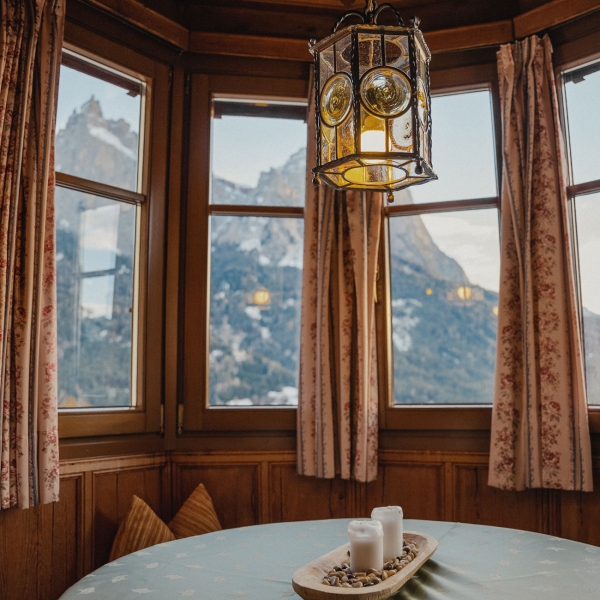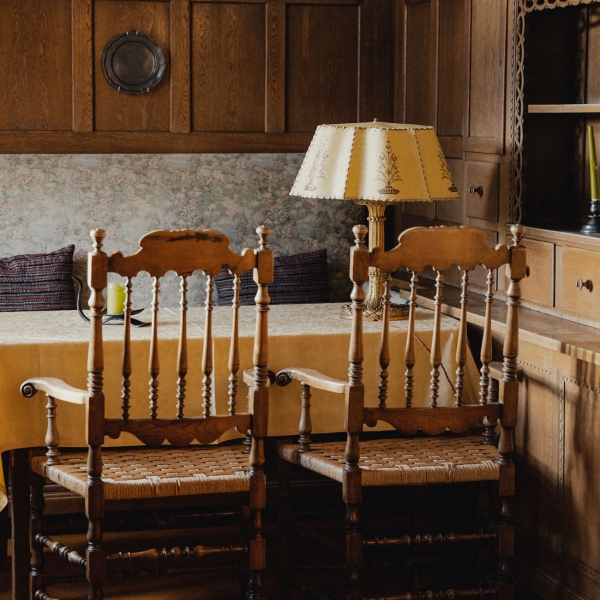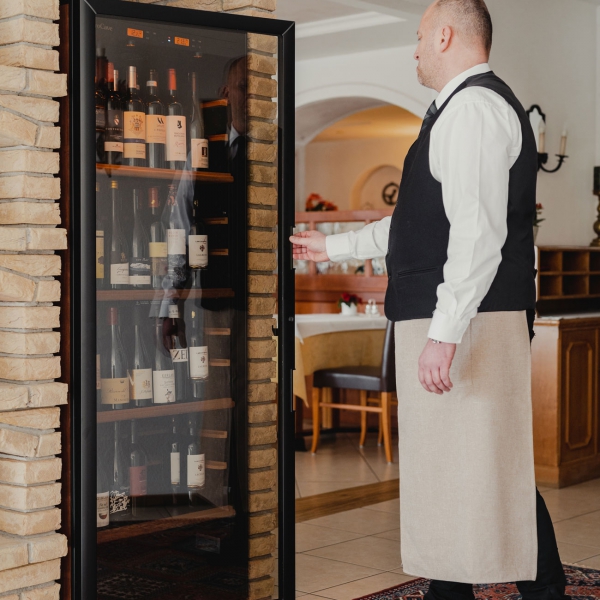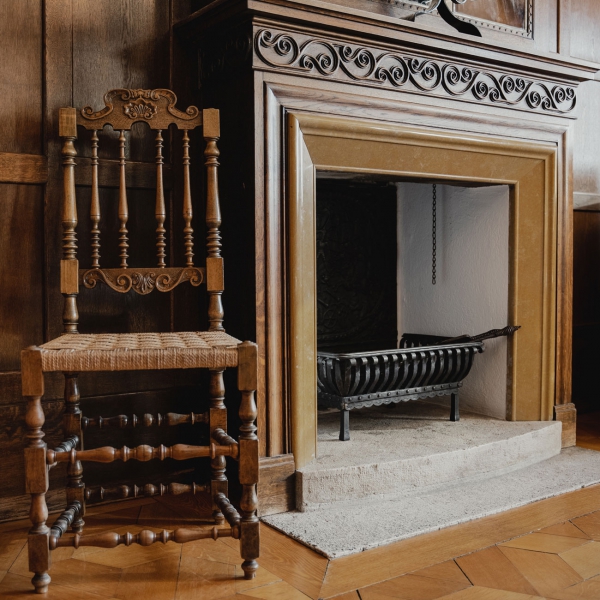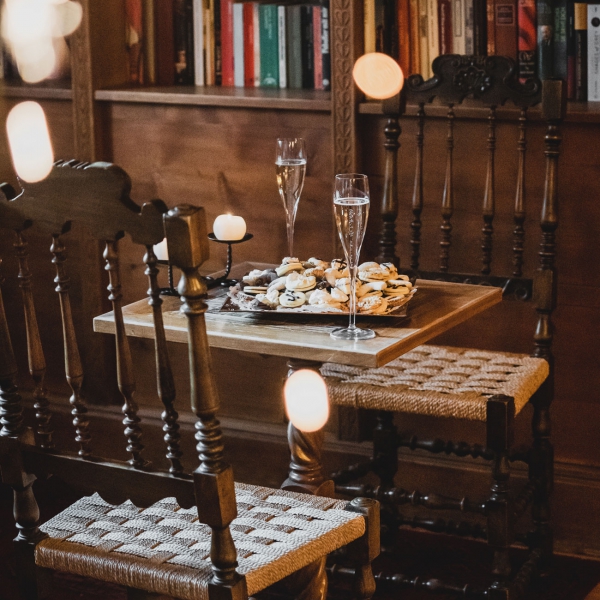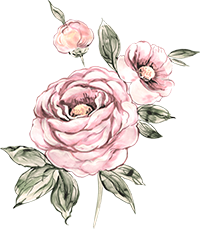 Elegant.
Elegant.
Timeless.
Historic.
The history of the Hotel Mirabell Alpine Garden Resort & Spa in Siusi
The historic residence at the foot of the Sciliar still exudes a timeless elegance and a touch of a bygone era.
With the opening of the Brenner Railway (1867) and the subsequent construction of the road (1887), Siusi became renowned as a tourist destination. An express coach ran once a day from Ponte Gardena to Siusi. Not only did the climate of the area add to the attraction, but so did the villas built by wealthy citizens of Bolzano for their summer holidays. Mountain tourism only gained popularity later on. The hotel industry in Siusi was boosted by Mr. Honeck from the Merano area: in summer, when the hotels in Merano were out of season, their inventory and staff were simply transported to Siusi in order to benefit from the summer season.
Both royalty and non-royalty have spent their holidays here: King Friedrich August of Saxony and his family, the writer Sigurd Ibsen, the actor and playwright Bjørn Bjørnson, the pianist Friedman, the Duke of Aosta, the conductor Arturo Toscanini, the painters Leo Putz and Willy Valier and others. The guest list of the last century also includes the names of numerous Russian personalities. The esteemed visitors have given the resort and its buildings a real cosmopolitan flair..
The Mirabell Alpine Garden Resort & Spa was once the summer residence of the Russian Count Aleksej Bobrinskij, the Tsar's last ambassador to the imperial court in Vienna.
A brief journey through time…
1907
The explorer and ethnographer Count Aleksej Alekseevič Bobrinskij came to Siusi with his wife Elisa Aleksandrovna Peterson, who was suffering from tuberculosis, hoping that the healthy mountain air could cure her.

1908
The hotelier Michael Honeck sold the Count a detached property with a small, old farm called Aichstaud on the edge of the Laranza forest.

1909
Bobrinskij had the villa Aichstaud built by the renowned architect Marius Amonn, and after the Russian Revolution chose it as a home for himself and his wife. The villa was furnished in a state-of-the-art manner and decorated with numerous valuables, furniture, works of art and books that the Count brought back from his travels.

1914
The couple decided to return to Russia, where Elisa Peterson died a year later. During the war, the housekeeper Elmira Wehn stayed in Siusi and looked after the house and garden.

1918-1920
In the early summer of 1918, the highly educated Aleksej Bobrinskij was forced to leave his home. He returned to Siusi with his now second wife, resumed his scientific work, and took great care of his garden and roses. During this time, the villa became a meeting place for Russian aristocrats, artists and scientists. Among the guests were Counts Šeremetev, Fersen, Volkonskij, Jusupov, Galicyn and Širkov.

1921
Due to the economic crisis and inflation, the Count could no longer maintain his lifestyle and converted the villa into a boarding house with rooms for 12 guests.

1936
Bobrinskij sold the boarding house to Josef Pattis and Maria Gasser, the grandparents of the present owner. The Count moved to a small house in the village, where he died two years later.

1938
Josef Pattis extended the villa by adding the long wing, which still exists.

1939-1945
During the Second World War the house remained closed.

1946
The Hotel Mirabell reopened, and in the years that followed various celebrities stayed at the house: Sir Rudolf Bing, film actors Marcello Mastroianni and Armando Francioli, actress Hannerl Matz, opera singers Moll and Güden, Monika Mann (daughter of the writer Thomas Mann).

1960
Zita Pattis and her husband Oscar Egger took over the Hotel Mirabell. Oscar Egger and his son Alexander were dedicated to preserving the Bobrinskij legacy.

1974-2011
The Mirabell Alpine Garden Resort & Spa, which had been rebuilt and expanded in the meantime, was now run by Zita's and Oscar's son, Alexander Egger and his wife Margit.

Since 2012
Their two daughters Marion and Jessica are the fourth generation to run the Hotel Mirabell. They too are keen to preserve the history of the hotel, so in addition to modern furnishings there are still many original pictures, pieces of furniture and valuable inlays that are reminiscent of the times when the Russian nobility lived here and add to the charm of the hotel.





